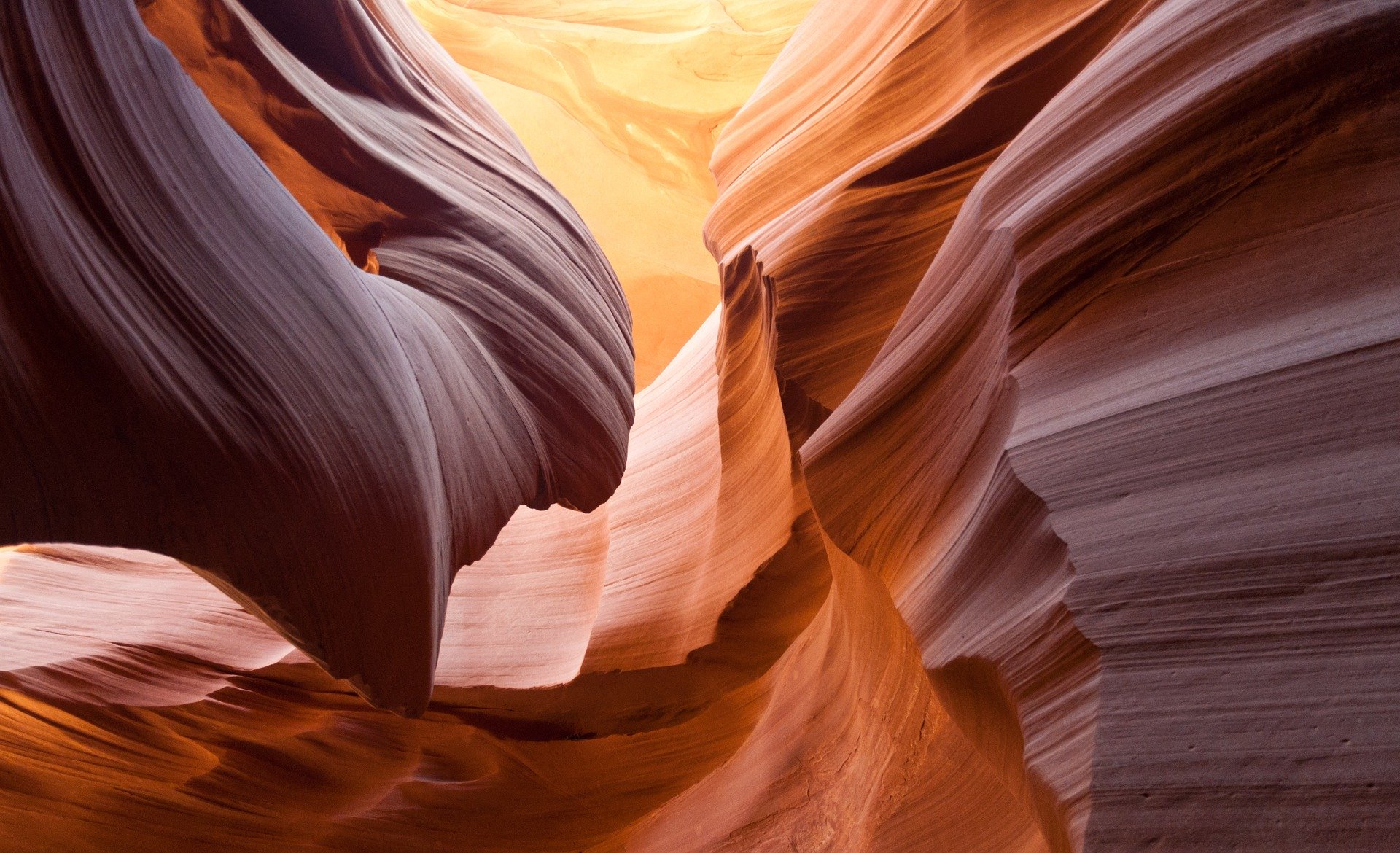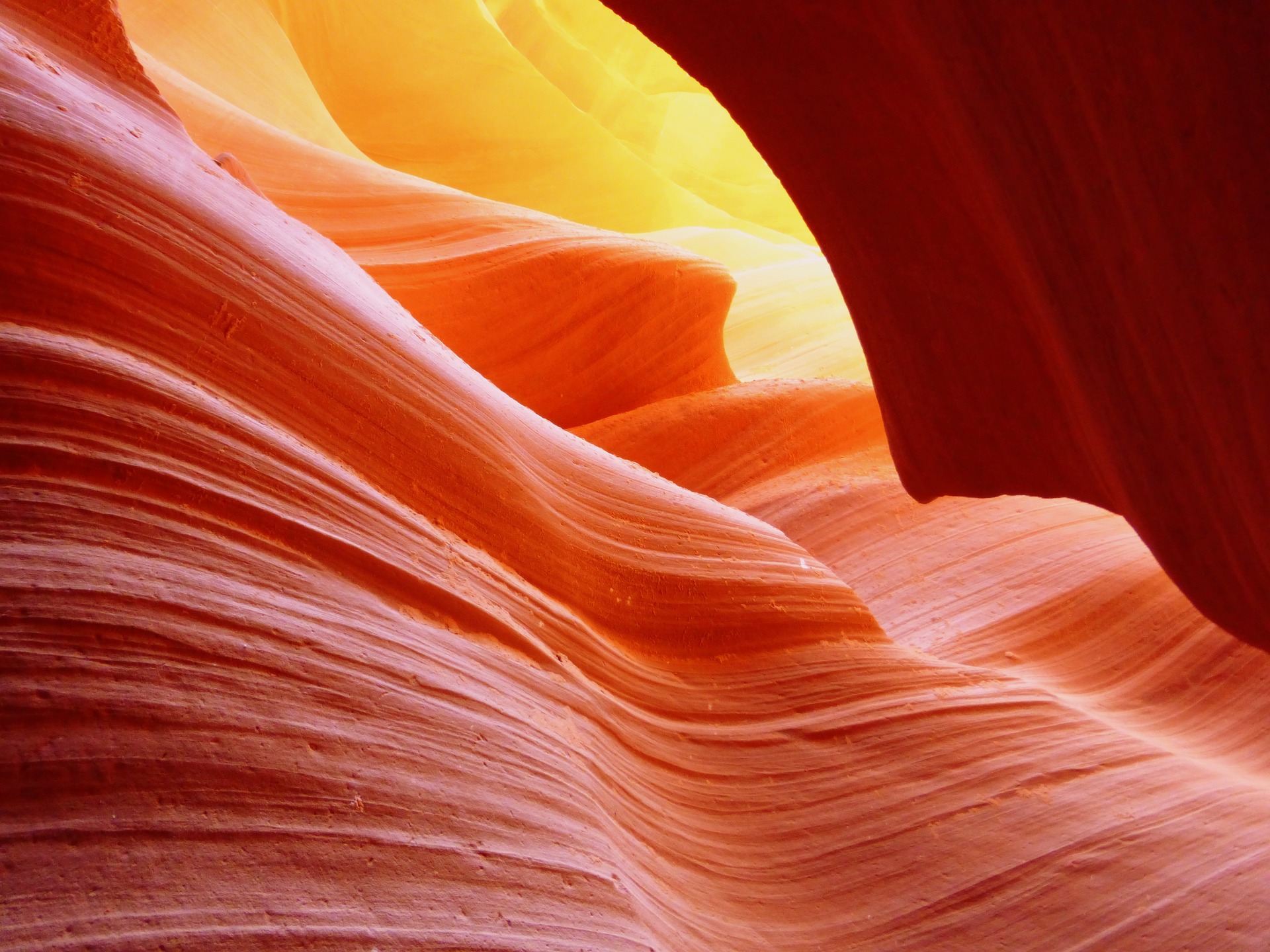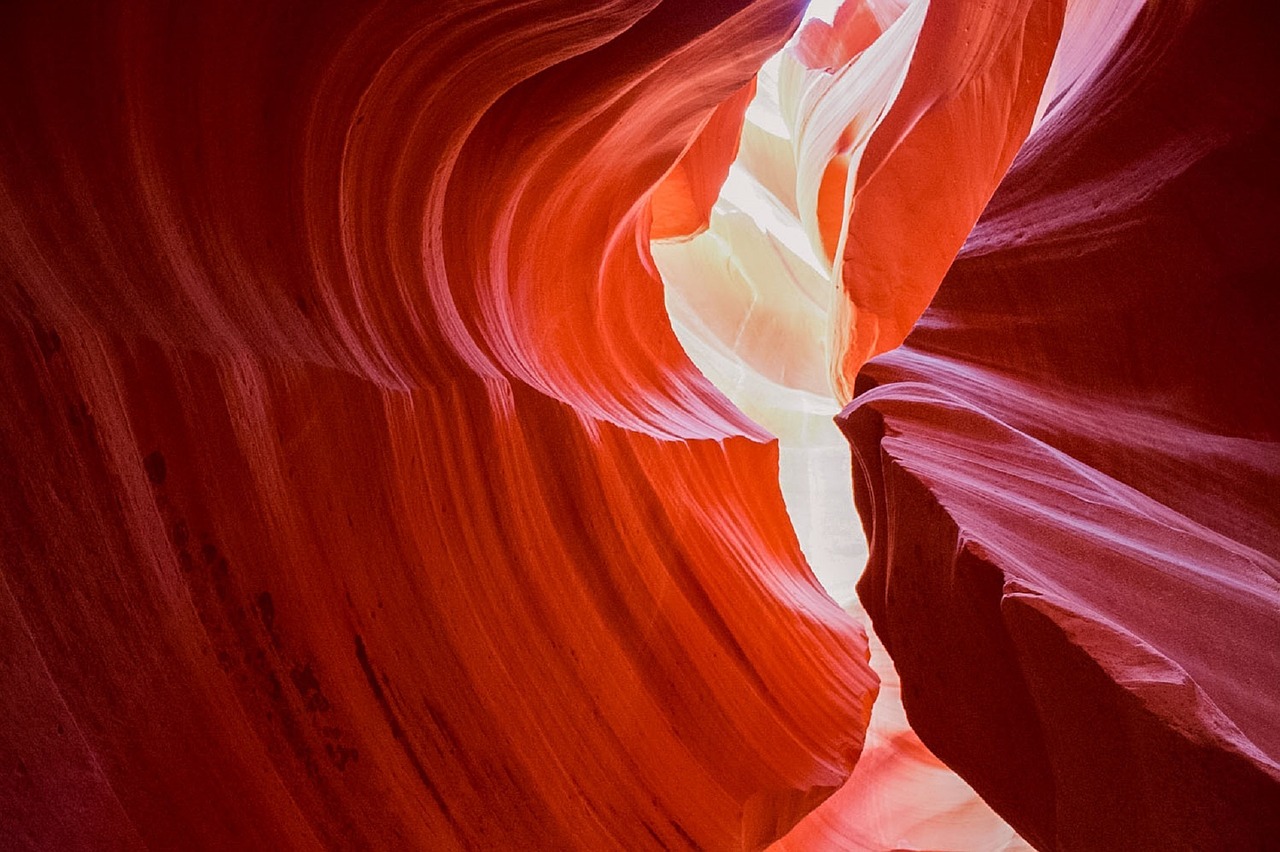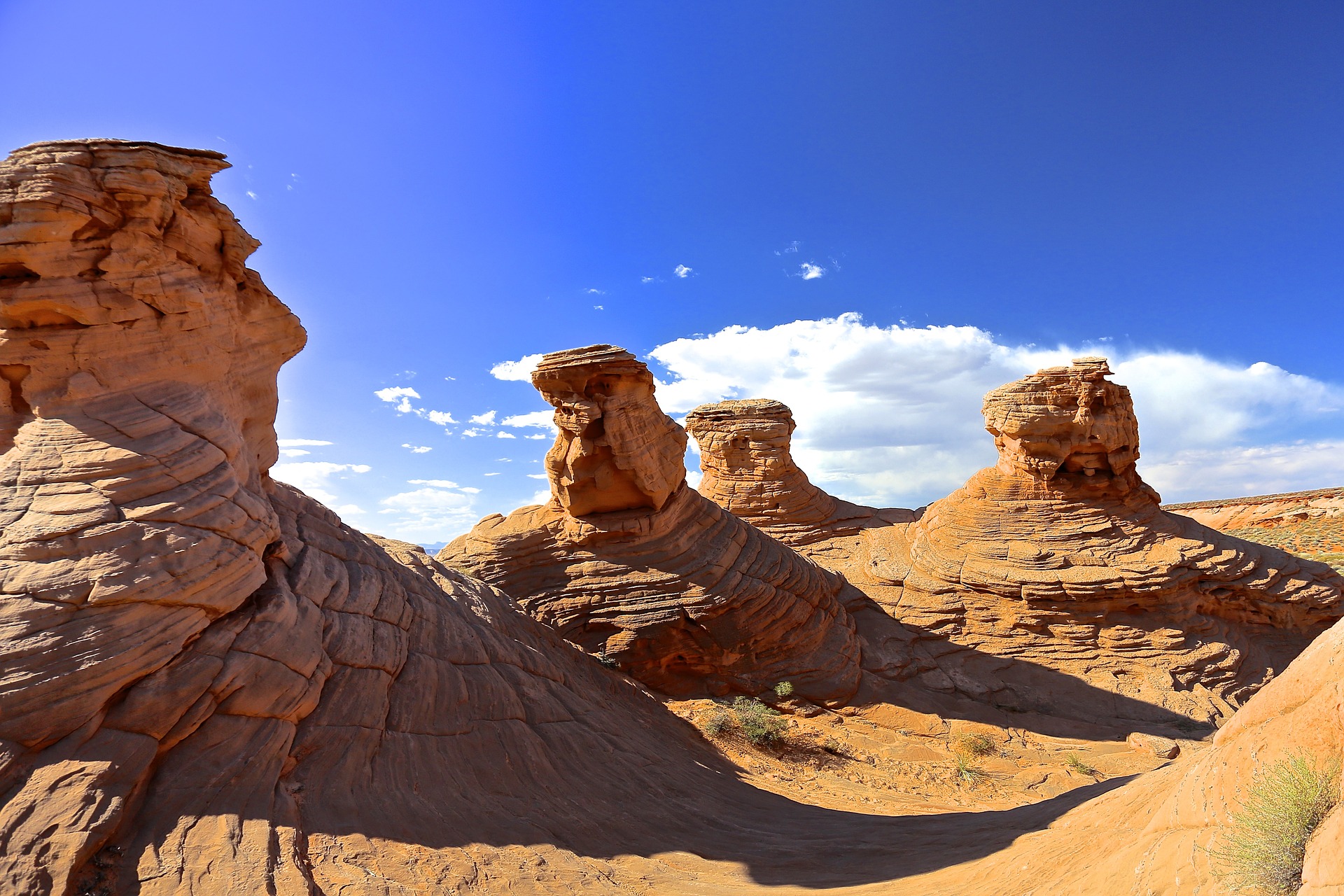You probably have seen a picture of the Antelope Canyon, but you would have mistaken it for a computer-generated image or an artist’s creation. One of the most famous images of the Antelope Canyon is part of the stock images on the Windows wallpaper gallery. The beautiful all-natural rock formation characterized by swirly lines in the light is a real place. This is the rock formation called the Antelope Canyon in Arizona, USA. The Antelope Canyon has a rich history from its formation to how it got its name as well as several other tourist attractions associated with it. Here’s a demystification of the picturesque site that is the Antelope canyon.
Where is the Antelope Canyon

The Antelope Canyon lies in the Southwest of the United States of America, on Navajo Land, east of Page in Arizona. It is a protected site and part of the Lake Powell Tribal Park, which is under the Navajo Nation Parks and Recreation. Navajo Nation is the American Indian territory that extends into the states of Utah, Arizona and New Mexico, spanning 27,000 square miles. The Navajo Nation is the largest area retained by an indigenous tribe in the United States. It is known for arid deserts, high plateaus, alpine forests, mesas high mountains and low-desert regions. Due to decades of volcanic activity and erosion by wind and water, there are several spectacular mesas, mountains and canyons. Including the Antelope Canyon, some other notable rock formations include Chuska Mountains, Canyon de Chelly, Shiprock Pinnacle and Monument Valley. The climate of the region is continental, characterized by cold winters, hot summers and little rainfall, explaining the reasons why erosion was frequent.
How the Antelope Canyon was formed

It is believed that Antelope Canyon formed about 174 to 191 million years ago. It is a geological phenomenon known as a slot canyon. Slot Canyons are narrow canyons formed by the sudden wear of fast-flowing flood water rushing through rock. The water carried a lot of debris of abrasive sand, logs and rock and the continuous motion for many years resulted in the formation of the slot canyons in the soft sandstone that we see today.
Physical characteristics

The Antelope Canyon consists of two parts. The Upper Antelope Canyon is known as Tse’ bighaniini, that means, ‘the place where water runs through rocks.’ This is a reflection of the formation process. The Upper Antelope Canyon measures about 91 meters in length (100 yards). Some of the walls of the same can stretch to nearly 37 meters high (120 feet). The wave-like structures of the Upper Antelope Canyon’s walls have been aptly named “The Crack”. In summer, beams of light cascade into the depths of the Canyon and illuminate the walls of the Crack. The results are some of the most beautiful photographs of the Antelope Canyon, earning it the title of the most photographed part of the slot canyon.
The second part of the Antelope Canyon is called “The Corkscrew”. The Corkscrew lies about 4.5 miles from the Upper Antelope Canyon and is about 1.1 miles in length. The difference between these two parts of the Antelope Canyon is the size of the canyon floors. The Crack is wider at the bottom while the Corkscrew is much smaller at the bottom and has a V-shape. The Navajo name for the Corkscrew is “Hasdestwazi” that means “spiral rock arches”. The lower part is a bit more difficult to navigate compared to the upper Canyon because of some uneven rock surfaces and a set of challenging stairs.
The walls of the Antelope Canyon are composed of varying mixtures and amounts of limonite, goethite and hematite, embedded in the quartz sand that gives the Canyon’s sandstone its characteristic reddish colour. At times the walls appear in varying shades from pink to magenta to orange to red. In winter, there are even times it appears blue or purple. This composition gives the walls of the Canyon a sand-paper feel and one of the reasons for why it is such a beautiful site.
Why was it called the Antelope Canyon?
Despite the name, the Antelope Canyon does not have any antelopes. However, it is believed that long ago, the surrounding area used to be grazing for herds of pronghorns Antilopa Americana in the winter months. This might be the reason the name Antelope Canyon was given to the Canyon.
How to visit Antelope Canyon
Access to the Antelope Canyon is under the Navajo Nation, and there are authorized tour companies that have options for adventures for tourists. A guided tour is required to enter the Canyon.
Random facts about Antelope Canyon
- It is the most visited slot canyon in south-west America.
- The entrance of the Canyon is at ground level, so there is no need for a climb.
- The Upper Antelope is around 4,000 feet in elevation.
- The Antelope Canyon is considered a sacred site by the Navajo tribe, and it has a central place in spirituality and way of life of the tribe. It is regarded as a symbol of their mother nature’s greatness. The Navajo are known to convene and bless the Canyon as well as thank nature for its formation.
- As beautiful as it is, the Antelope Canyon can be a dangerous place, especially when it rains as it is prone to surprise flash floods that can be deadly.
- One of the most expensive photographs ever sold was a black and white picture of the Antelope Canyon titled “Phantom”. The piece by Peter Lik is rumored to have been purchased by a private collector for $6.5 million.
Conclusion
The Antelope Canyon is indeed a wonderful place to visit. It is no doubt one of the most spectacular slot canyons in the world. The mesmerizing light beams peering through the Canyon will give you options to take some of the most beautiful pictures you might even take. For easier trips, you can visit the Upper Canyon, or if you are up to the challenge and are an experienced hiker, you could try getting some shots of the more elusive Lower Canyon. To make use of the radiant beauty of the Canyon, make sure to schedule your guided tour between March 20th and October 7th each year.


































